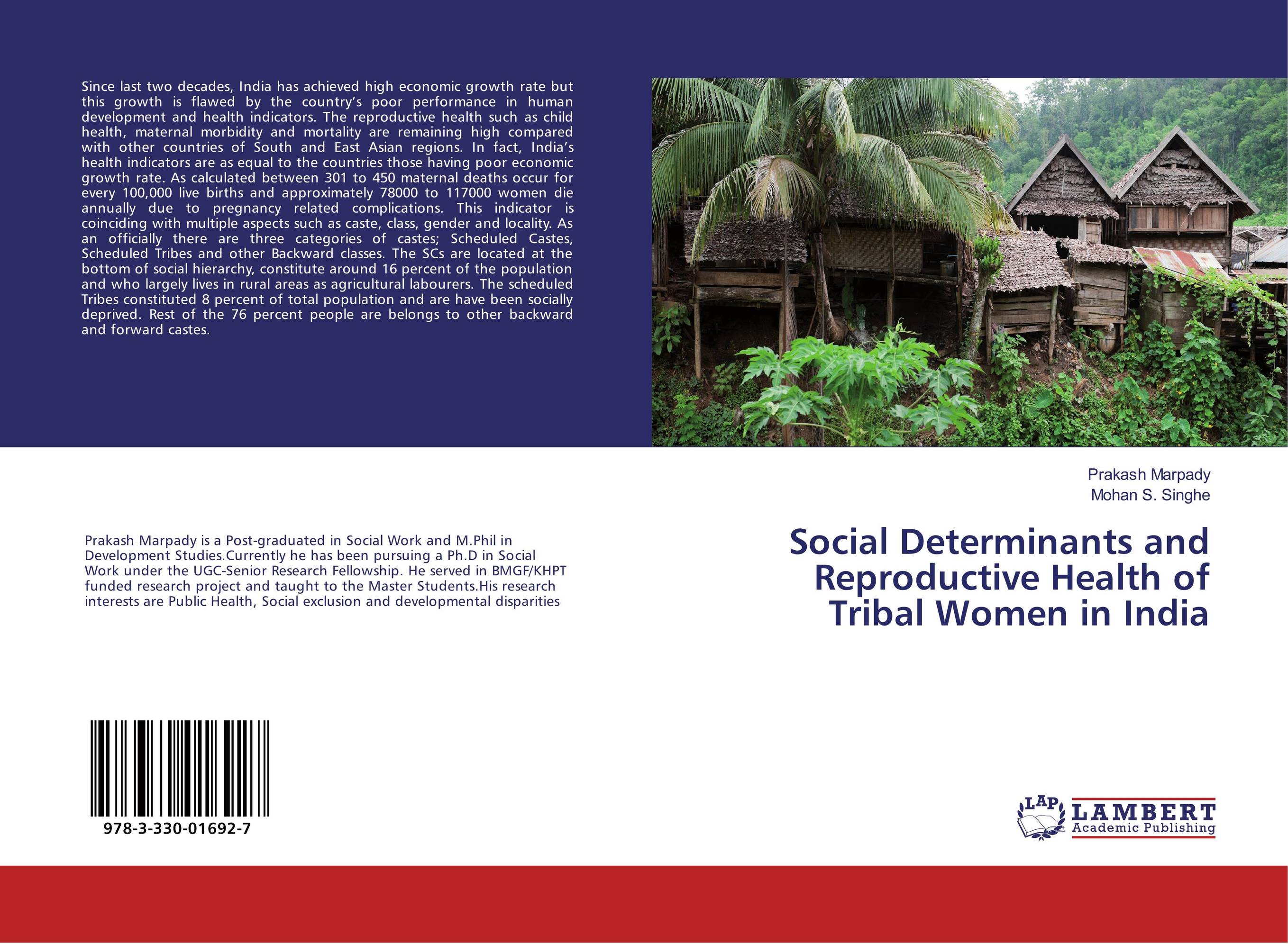| Поиск по каталогу |
|
(строгое соответствие)
|
- Профессиональная
- Научно-популярная
- Художественная
- Публицистика
- Детская
- Искусство
- Хобби, семья, дом
- Спорт
- Путеводители
- Блокноты, тетради, открытки
Social Determinants and Reproductive Health of Tribal Women in India.

В наличии
| Местонахождение: Алматы | Состояние экземпляра: новый |

Бумажная
версия
версия
Автор: Prakash Marpady and Mohan S. Singhe
ISBN: 9783330016927
Год издания: 2016
Формат книги: 60×90/16 (145×215 мм)
Количество страниц: 60
Издательство: LAP LAMBERT Academic Publishing
Цена: 21272 тг
Положить в корзину
| Способы доставки в город Алматы * комплектация (срок до отгрузки) не более 2 рабочих дней |
| Самовывоз из города Алматы (пункты самовывоза партнёра CDEK) |
| Курьерская доставка CDEK из города Москва |
| Доставка Почтой России из города Москва |
Аннотация: Since last two decades, India has achieved high economic growth rate but this growth is flawed by the country’s poor performance in human development and health indicators. The reproductive health such as child health, maternal morbidity and mortality are remaining high compared with other countries of South and East Asian regions. In fact, India’s health indicators are as equal to the countries those having poor economic growth rate. As calculated between 301 to 450 maternal deaths occur for every 100,000 live births and approximately 78000 to 117000 women die annually due to pregnancy related complications. This indicator is coinciding with multiple aspects such as caste, class, gender and locality. As an officially there are three categories of castes; Scheduled Castes, Scheduled Tribes and other Backward classes. The SCs are located at the bottom of social hierarchy, constitute around 16 percent of the population and who largely lives in rural areas as agricultural labourers. The scheduled Tribes constituted 8 percent of total population and are have been socially deprived. Rest of the 76 percent people are belongs to other backward and forward castes.
Ключевые слова: determinants, reproductive health, Tribes, vulnerability, Women



